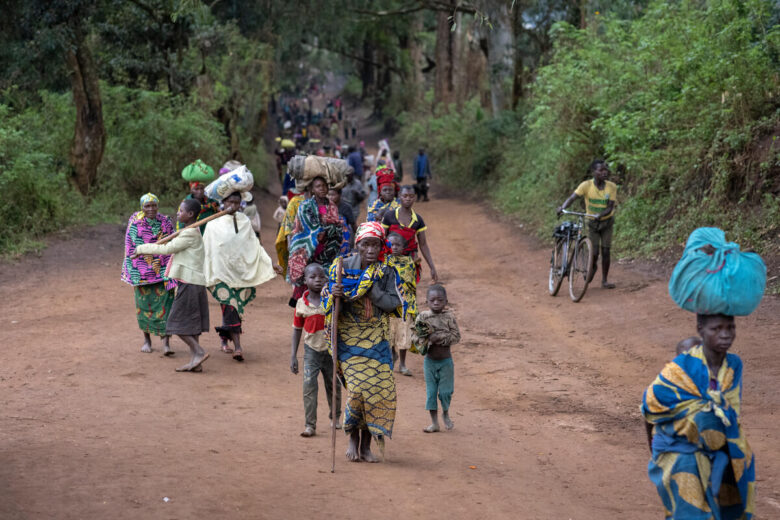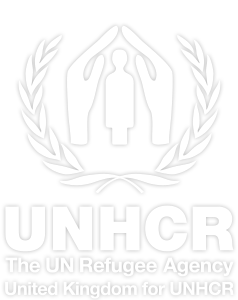Media release
Global Trends 2022: UNHCR calls for concerted action as forced displacement hits new record in 2022

Democratic Republic of the Congo. IDPs walk back to Plain Savo. Photo: ©UNHCR/Hélène Caux
14.06.23 – Increase last year was driven by war in Ukraine and revised estimates for Afghan refugees; further fighting, especially in Sudan, has now pushed global total to 110 million.
The full-scale war in Ukraine, alongside conflict elsewhere and climate-driven upheaval meant more people than ever remained uprooted from their homes last year, heightening the urgency for immediate, collective action to alleviate the causes and impact of displacement, UNHCR, the UN Refugee Agency, said today.
UNHCR’s flagship annual report, Global Trends in Forced Displacement 2022, found that by the end of 2022, the number of people displaced by war, persecution, violence and human rights abuses stood at a record 108.4 million, up 19.1 million on a year earlier, which was the biggest ever increase.
As the world saw record displacement in 2022, the British public stepped forward to show their compassion and solidarity for people fleeing conflict and persecution around the world. This included a record £39 million of donations from the British private sector and the general public supporting UNHCR relief operations around the world, including Ukraine, Syria, Afghanistan, Ethiopia and Yemen.
The upward trajectory in global forced displacement showed no sign of slowing in 2023 as the eruption of conflict in Sudan triggered new outflows, pushing the global total to an estimated 110 million by May.
“These figures show us that some people are far too quick to rush to conflict, and way too slow to find solutions. The consequence is devastation, displacement, and anguish for each of the millions of people forcibly uprooted from their homes,” UN High Commissioner for Refugees Filippo Grandi said.
Of the global total, 35.3 million were refugees, people who crossed an international border to find safety, while a greater share — 58 per cent, representing 62.5 million people – were displaced in their home countries due to conflict and violence.
The war in Ukraine was the top driver of displacement in 2022. The number of refugees from Ukraine soared from 27,300 at the end of 2021 to 5.7 million at the end of 2022 – representing the fastest outflow of refugees anywhere since World War II. Estimates for the number of refugees from Afghanistan were sharply higher by the end of 2022 due to revised estimates of Afghans hosted in Iran, many having arrived in previous years. Similarly, the report reflected upward revisions by Colombia and Peru of the numbers of Venezuelans, mostly categorized as “other people in need of international protection,” hosted in those countries.
The figures also confirmed that, whether measured by economic means or population ratios, it remains the world’s low- and middle-income countries – not wealthy states – that host most displaced people. The 46 least developed countries account for less than 1.3 per cent of global gross domestic product, yet they hosted more than 20 per cent of all refugees. Funding for the numerous displacement situations and to support hosts lagged behind needs last year, remaining sluggish in 2023 as requirements increase.
“People around the world continue to show extraordinary hospitality for refugees as they extend protection and help to those in need,” Grandi added, “but much more international support and more equitable responsibility sharing is required, especially with those countries that are hosting most of the world’s displaced.
“Above all, much more must be done to end conflict and remove obstacles so that refugees have the viable option to return home voluntarily, safely and with dignity.”
While the total figure of displaced continued to grow, the Global Trends report also showed that those forced to flee are not condemned to exile, rather they can and do go home, voluntarily and safely. In 2022, over 339,000 refugees returned to 38 countries, and though this was lower than the previous year there were significant voluntary returns to South Sudan, Syria, Cameroon and Côte d’Ivoire. Meantime, 5.7 million internally displaced people returned in 2022, notably within Ethiopia, Myanmar, Syria, Mozambique and the Democratic Republic of the Congo.
Emma Cherniavsky, CEO of UNHCR’s British national charity partner, UK for UNHCR, added: “One thing is clear – this humanitarian crisis needs a whole of society response. We’re incredibly grateful to the British public who continue to show enormous compassion, generosity and solidarity for people forced to flee conflict and persecution.
“With 76% of all refugees and others in need of protection now hosted by low or middle income countries, there is so much more we can and should do to share this burden collectively.
“We can make a donation to help a family fleeing conflict, call out misinformation and prejudice, and share positive stories about the courage and resilience of displaced people and their many contributions to society. For the refugees who are resettled to the UK, we can make them feel welcome in our communities.”
At the end of 2022, an estimated 4.4 million people worldwide were stateless or of undetermined nationality, 2 per cent more than at the end of 2021.
The Global Trends 2022 report was launched six months ahead of the second Global Refugee Forum, a major gathering in Geneva bringing together a range of actors to find new solutions for and embed solidarity with people forced to flee and their hosts.
ENDS
For more information on this topic, please contact:
- Mark Macdonald, [email protected], +44 20 8183 0145
- Sara Guy, [email protected], +44 20 8183 0121
To access UNHCR’s Global Trends 2022 report, please visit this website or download the full edition here.

